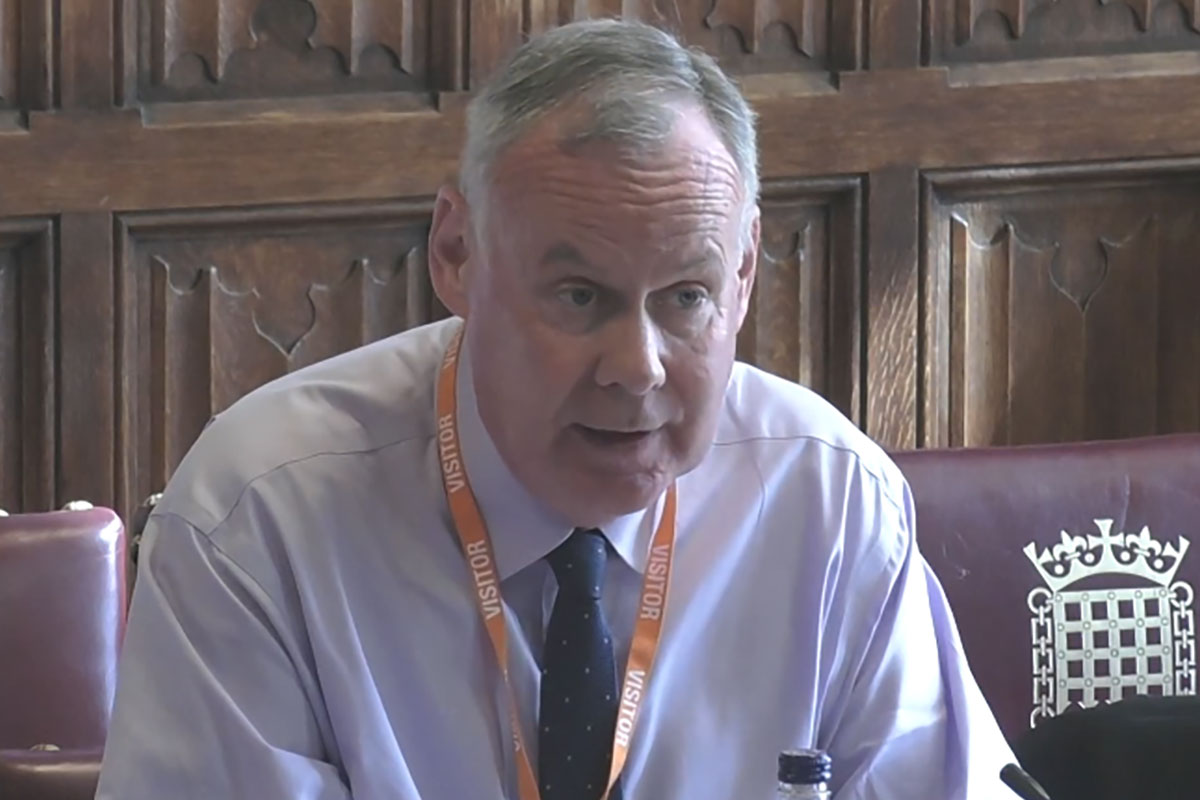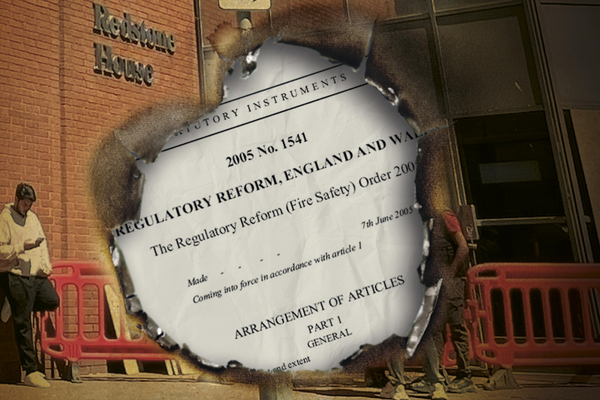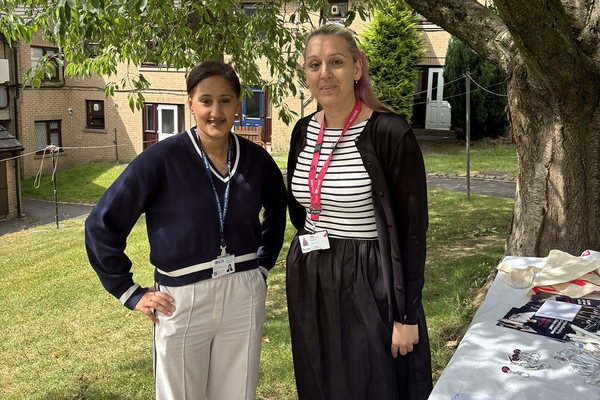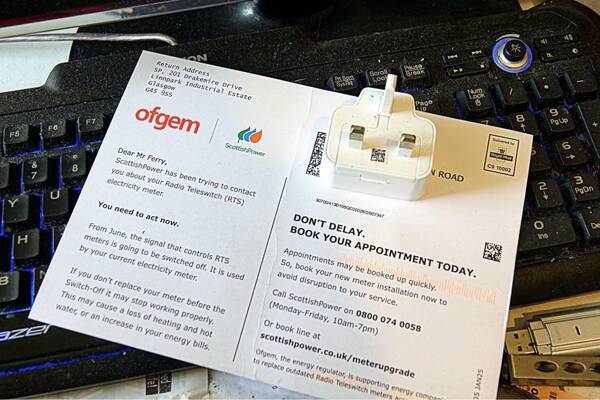BSR’s whistleblowing service has received over 1,000 complaints from residents, inquiry hears
The Building Safety Regulator’s (BSR) investigations unit has received over 1,000 complaints from residents through its whistleblowing service, a Lords inquiry has heard.

Chris Griffin-McTiernan, deputy director of operations at the BSR, revealed the figure to the House of Lords Industry and Regulators Committee as part of its inquiry into the regulator.
A total of 1,050 complaints have been received from residents since 2023. Mr Griffin-McTiernan said around a fifth of these, or 200 complaints, resulted in an investigation.
The Lords inquiry is investigating issues at the BSR, including delays to approvals by the regulator for new and existing high-rise buildings, which have left developers and housing providers frustrated.
In recent evidence to the inquiry, the G15 group of London’s biggest landlords described its collective experience of the BSR’s framework as “overwhelmingly challenging”, citing delays, a lack of clarity and inconsistency.
In yesterday’s session, the committee grilled Mr Griffin-McTiernan and Philip White, chief inspector of buildings at the BSR, on these issues, in particular the time it takes for applications to pass the ‘hard stop’ checkpoint Gateway 2.
Asked by Lord Gilbert what was causing the delays, Mr Griffin-McTiernan said the multi-discliplinary team (MDT) model it uses was a “hugely significant challenge”. This involves the BSR assigning cases to experts, including registered building inspectors, fire specialists and structural engineers.
Co-ordinating across separate organisations was leading to lengthy delays, prompting the BSR to set up a new innovation unit to recreate the MDT in-house rather than working with local partners.
Another cause of delays was a batch of 50 buildings that were transferred to the BSR at the start of 2024, following the collapse of some building control firms.
Despite being complete or near sign-off, many were a “blank slate” in terms of documentation, meaning the BSR had to start from stratch. Some had “serious deficiencies”, so they could not be opened to residents, Mr Griffin-McTiernan said.
Since then, the BSR has recruited more staff and its latest approvals data from August shows it completed an average of 209 decisions that month, compared with 50 a year ago.
Earlier this month, Andy Roe, the new chair of the BSR, told the inquiry he was was hoping to see a “very significant reduction” in the backlog of cases by the end of 2025.
However, yesterday Mr Griffin-McTiernan said applications were still expected to take longer than the statutory time of 12 weeks for new high-risk residential buildings, and the target was to “get it down to 13 weeks”.
Lord Udny-Lister challenged this point, asking: “So you’re not planning to meet the obligation, you’re planning to get quite close?”
“We’re having to be realistic,” replied Mr Griffin-McTiernan. Mr White, who is “partially retiring” this month from his role as director of the BSR, but continuing as its chief inspector of buildings, pointed to improvements at Planning Gateway 1, where fewer applications were being rejected and applicants were “starting to get things right”.
Mr White stressed it was important to remember that the whole system was new and was brought in as part of the Building Safety Act to transform the existing system.
“We forget why the regulator is here, and that goes back to the tragic events at Grenfell [Tower]. The act has transformed, and asked for things to be done radically differently, compared to what happened at Grenfell,” he said.
The BSR has been defended by senior figures such as Dame Judith Hackitt, who previously told the inquiry developers must “take some blame”.
Mr Griffin-McTiernan said 40% of applications submitted at the validation stage were still being rejected due to a lack of “basic information”, and that rate had hardly changed.
Common reasons applications were failing included an inability to show how the building had been designed to prevent collapse, how stairs and balconies will be supported, and “no rationale” on how those elements come together to prevent collapse.
For fire, applications were being submitted without “assurances the walls will resist fire”, no information on cavity barriers and no smoke detectors in flats.
Another frequent issue was the modelling of smoke, with many examples where the applicant’s own model showed an extractor unit will pump smoke into, rather than out of, a building, he explained.
Many applications under assessment by the BSR could be rejected “far sooner”, Mr Griffin-McTiernan pointed out, but instead the regulator attempted to resolve the issues with the applicant. This then pushed the application over the statutory time limit.
“It makes our performance look quite poor on one level. On the other, we believe it’s important to try and work in a pragmatic way with the applicant to get these things across the line,” he said.
Sign up for our regulation and legal newsletter
Already have an account? Click here to manage your newsletters
Sign up to the Residential Building Safety Summit 2025
The Residential Building Safety Summit aims to help professionals in design, construction and building control to comply with building safety regulations and manage fire risks.
An in-depth content programme will address the latest regulatory requirements, provide updates on the government’s remediation acceleration plan, and discuss strategies for ensuring residents are safe in their homes.
Latest stories









